
Business Kick-Starter Guides
+1
How to Start a Dropshipping Clothing Business in 2025?
Being your own boss certainly brings aboard a multitude of benefits. Having the opportunity to grasp complete control over your...
How to Start an Online Clothing Store Without Inventory in 2025?
Business Kick-Starter Guides

Starting an online store without inventory? It's not just a dream—it's a viable business model gaining popularity by the day.
And with eCommerce sales hitting close to 6 trillion USD last year, there’s really no better time to capitalize on this opportunity.
This innovative approach involves selling products directly to customers without the hassle of stocking inventory yourself. Instead, you partner with suppliers who handle order fulfillment on your behalf.
Today, we’ll be covering various business models, strategies, and tools for starting an online clothing store without inventory - from market research and customer service and to product promotion and store personalization.
Running an online clothing store without inventory offers numerous advantages that can help you streamline your business operations, reduce costs, and maximize profits.
Lower upfront investment: Without the need to purchase and store inventory upfront, you can allocate your capital to other essential aspects of your business.
Reduced storage costs: By eliminating the need for physical storage space, you can avoid the costs associated with renting or purchasing warehouse facilities. This means you can operate your online store from anywhere with an internet connection as long as you have good internet speed, whether it’s your home office, a co-working space, or a coffee shop.
Flexibility and scalability: Not having inventory allows for greater flexibility and scalability in your business operations. You can easily scale your business up in response to changes in demand without being constrained by inventory levels.
Reduced risk of overstocking: With traditional inventory-based models, there’s always the risk of overstocking, which can tie up valuable capital. By adopting an inventory-free model, you can avoid this risk altogether and only purchase products when there’s a confirmed demand from customers.
Focus on core competencies: Without the burden of managing inventory, you can focus your time and resources on other critical aspects of your business, such as product sourcing, marketing, customer service, and brand building.
Starting an online clothing store without inventory is much cheaper than running a traditional retail business. But you still need a budget for a few essentials.
Here’s a quick breakdown:
Dropshipping is type of an eCommerce business model enabling you to sell goods online without maintaining an inventory.
Instead, your supplier stores the products you sell and handles shipping the purchased items directly to your customers.
How does dropshipping work?
The basic process of dropshipping goes as follows:
Successful clothing dropshipping businesses
Men’s Luxury Boutique
Specializing in men’s fashion, Luxury Men’s Boutique offers a diverse range of clothing, watches, and shoes. They have been attracting customers through both their Instagram and Facebook accounts, leading them to receive plenty of positive reviews that are all displayed on their website.
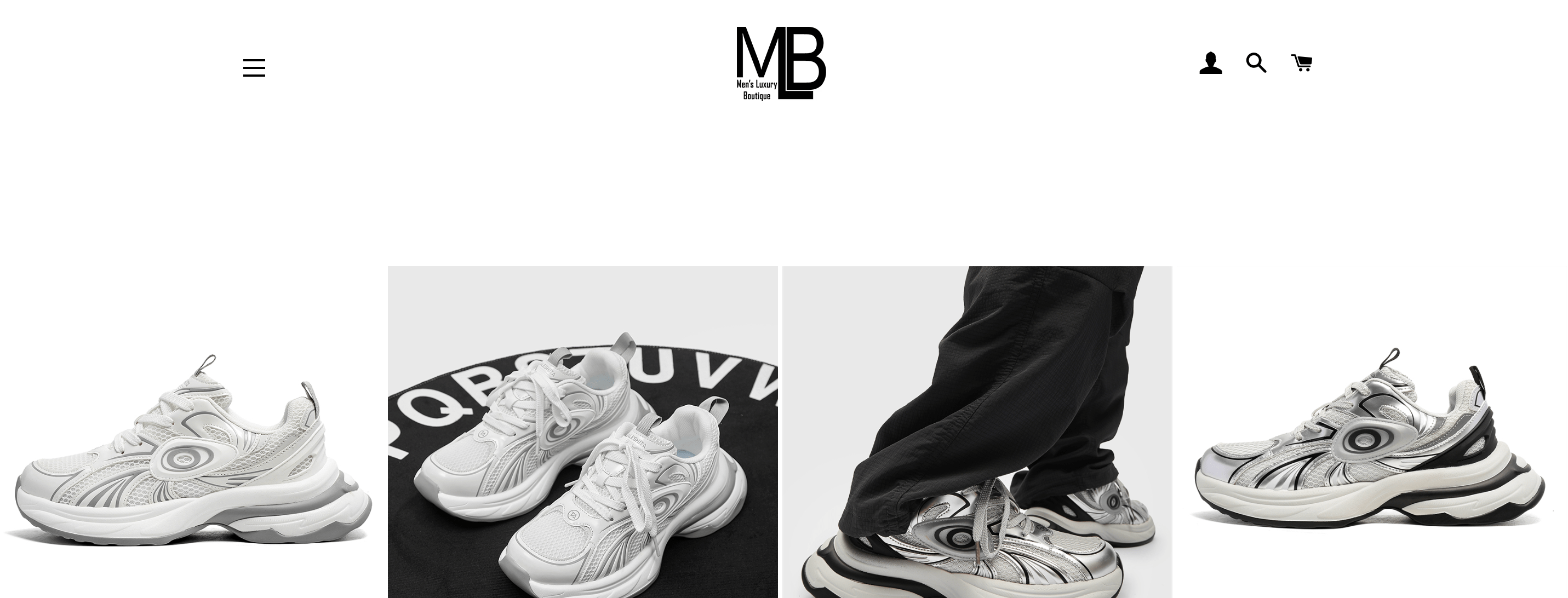
Kith
Established in 2011, Kith has become synonymous with high-quality streetwear apparel. Stocking a curated selection of clothing, footwear, and fashion accessories from renowned designer brands, the store caters to all tastes of fashion enthusiasts.
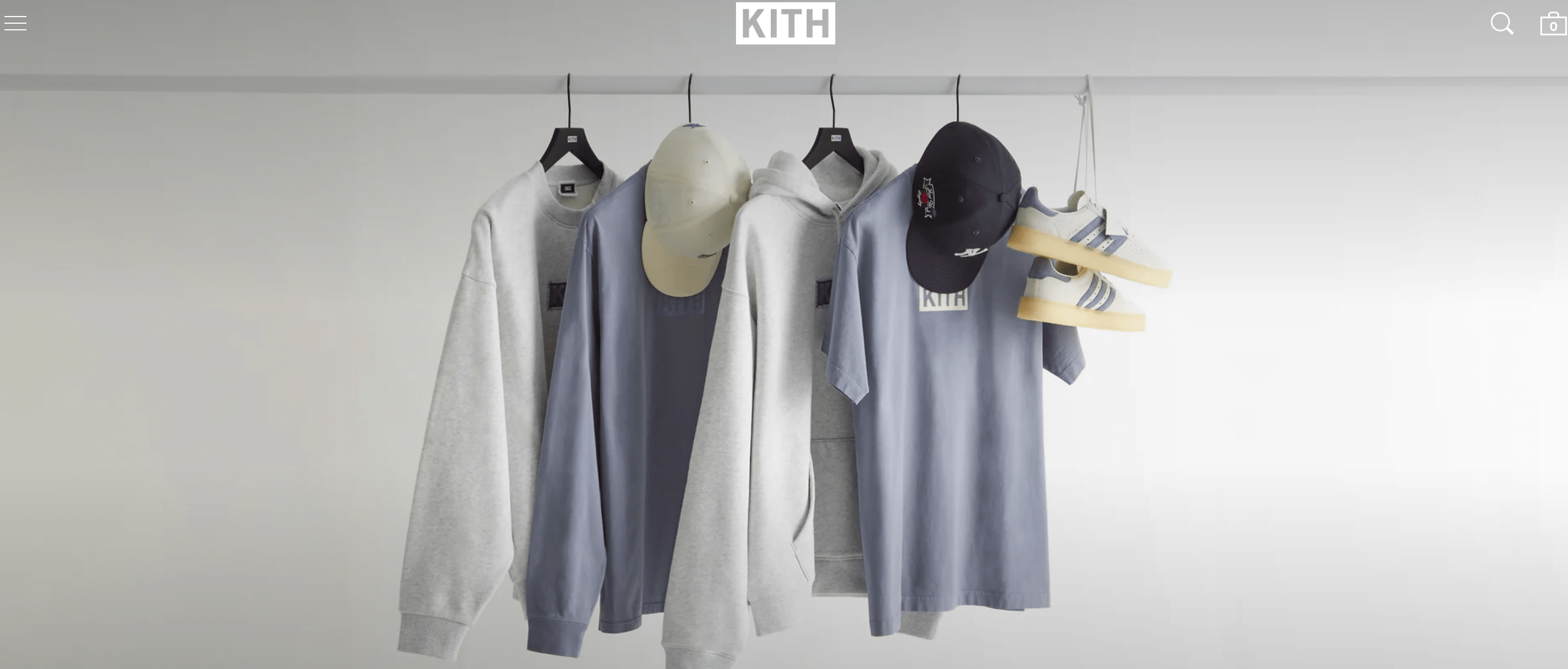
Azura Runway
Based in Australia, Azura Runway specializes in high-end fashion products. Their inventory includes apparel from prestigious brands such as Prada, Dolce & Gabbana, Gucci, and Chanel, offering both men’s and women’s clothing and accessories.
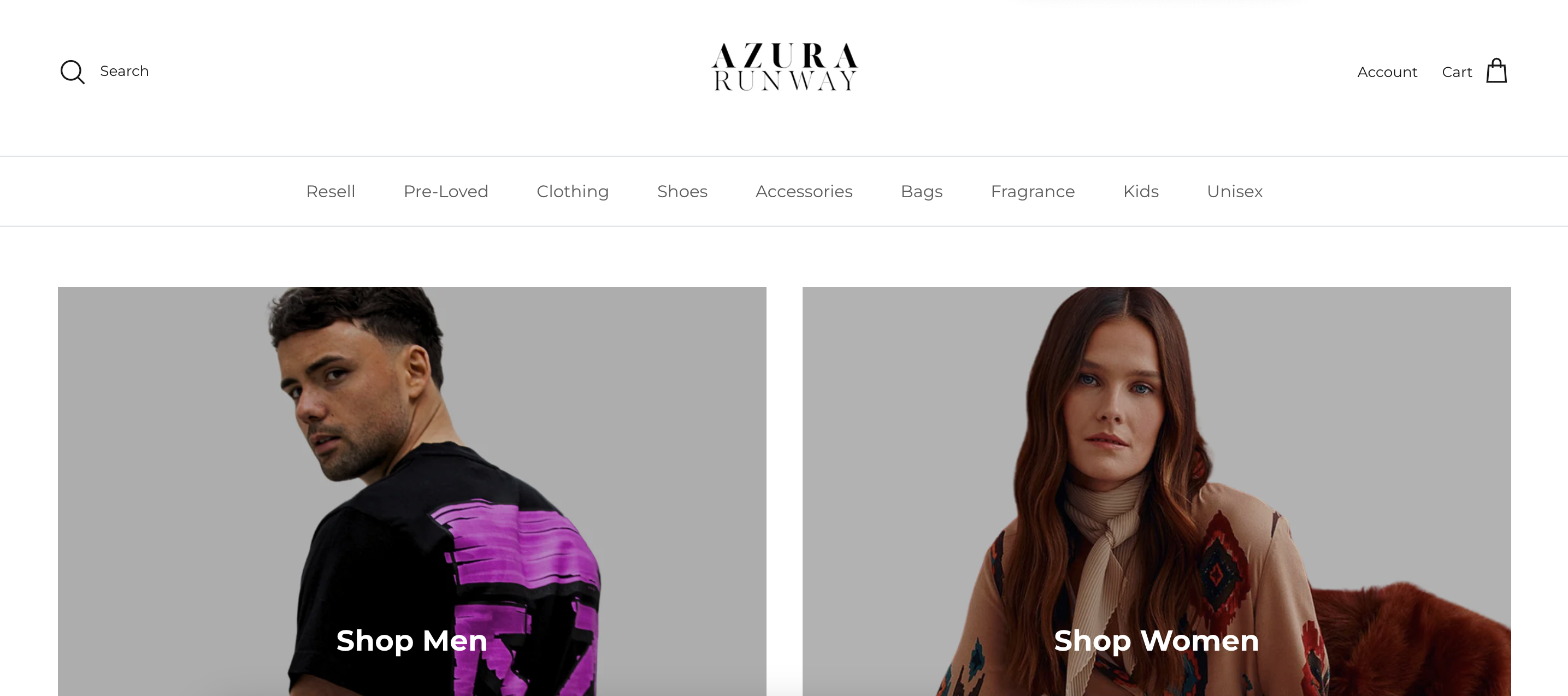
Print-on-demand (POD) allows you to create custom designs for products like t-shirts, books, mugs, or canvas prints that are then produced by a POD service only after a customer makes a purchase.
It eliminates the risks associated with unsold stock and offers incredible flexibility in product offerings.
How does print-on-demand work?
Here’s the content with the advantages and disadvantages merged into one row below the first row:
| Advantages | Disadvantages |
|---|---|
| • Offer unique products tailored to specific audiences. • Launch new designs without significant risk or investment. | • You might be restricted by what products your POD supplier offers. • Some POD services also have restrictions on what can be printed, which may limit design creativity. • Production time can add to overall delivery times for customers. |
Check out: Print-on-demand vs. Dropshipping
Affiliate marketing entails companies enlisting third-party individuals to promote their products or services in exchange for commissions.
The process is straightforward: You choose a product or service you’re interested in, promote it to your audience, and earn a profit for each sale made through your referral link.
How does affiliate marketing work?
| Advantages | Disadvantages |
|---|---|
| • No need for product development or handling returns. • Since you’re not creating or storing products, the startup costs are minimal. | • Your income relies on the affiliate program’s stability and reputation. • Standing out among numerous affiliates can be challenging. • If the merchant discontinues the product or decides to close their affiliate program, your revenue stream is affected. |
Selling digital products such as PDFs, e-books, online courses, and software—involves delivering value through downloadable or streamable content.
How does selling digital products work?
| Advantages | Disadvantages |
|---|---|
| • Your sales aren’t limited by stock levels or shipping capacity. • Products can be sold repeatedly without additional production costs, creating an opportunity for ongoing income. | • Digital piracy and unauthorized sharing can pose a risk to revenue streams and intellectual property rights. • Creating high-quality digital products requires time and expertise, especially for online courses or software development. • Market saturation and competition may impact sales and pricing strategies for digital products. |
Starting an online store without inventory may seem intimidating at first, but it’s actually quite manageable.
By following these steps and adopting the right approach, you’ll be able to get your online store up and running quickly.
Your business model serves as the foundation for your online store.
It outlines how you’ll generate income, what types of products you’ll offer, and who your target audience is.
What to consider when choosing a business model?
Starting an online store requires a solid foundation, and nothing is more crucial than selecting the right clothing niche.
Thorough market research is essential to uncover the needs and preferences of potential customers and pinpoint a niche that has sufficient demand and limited competition.
Here’s how you can dive into market research and make informed decisions about your niche selection:
Research competitor websites and social media channels
Dive into your competitors’ websites and social media profiles to understand their product offerings, pricing strategies, customer engagement tactics, and brand messaging.
Analyze their content, follower interactions, and customer feedback to identify market trends, customer preferences, and areas for differentiation in your own business strategy.
For example, if you’re exploring retail websites like YOOX, on social media platforms like Instagram, you could observe how they effectively build strong relationships with their customers by posting helpful styling tips and interesting fashion facts.
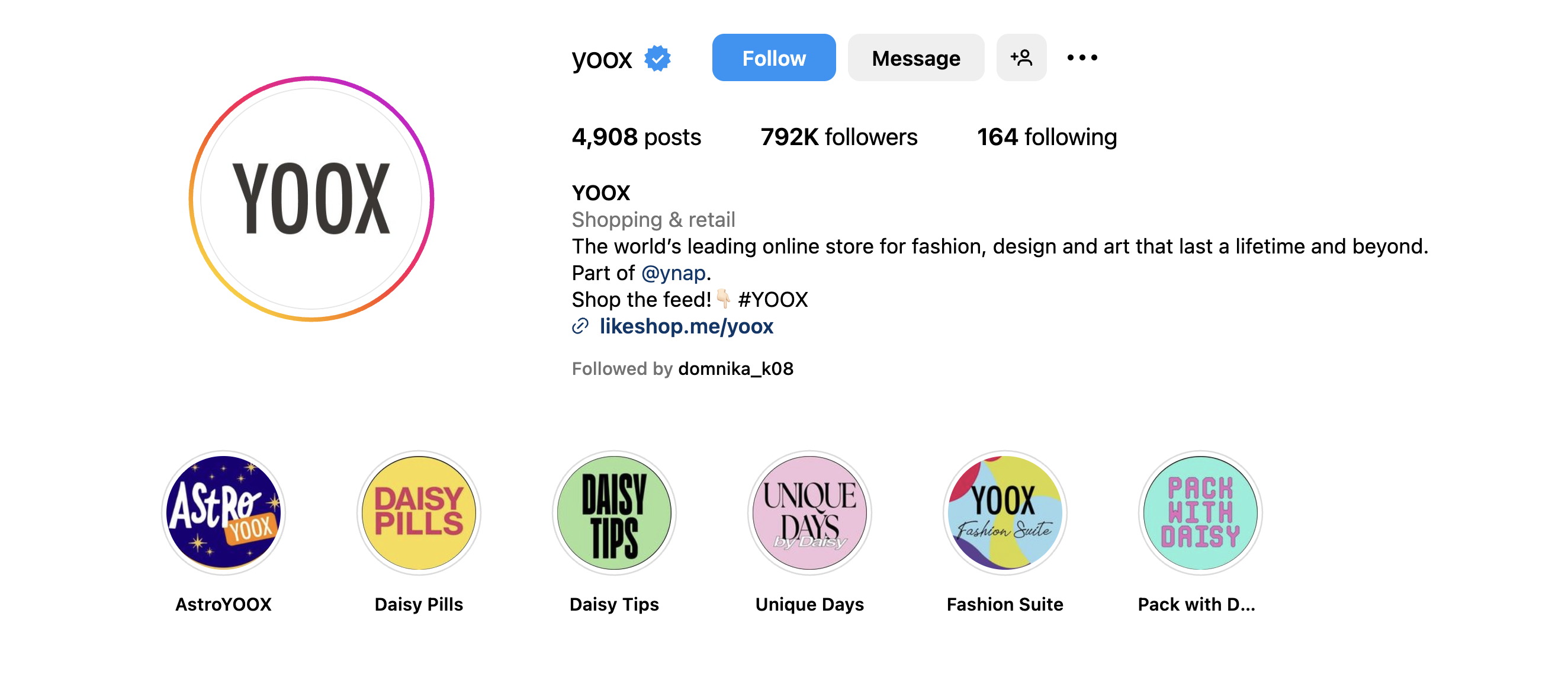
Explore niche marketplaces
Explore specialized online clothing marketplaces catering to specific niches or industries relevant to your business.
Browse through product listings, customer reviews, and seller profiles to gain insights into niche market demand, competition, and pricing dynamics.
For instance, you can start by exploring Amazon’s best-selling page to assess market saturation and discover opportunities to differentiate your online clothing store within specialized market segments.
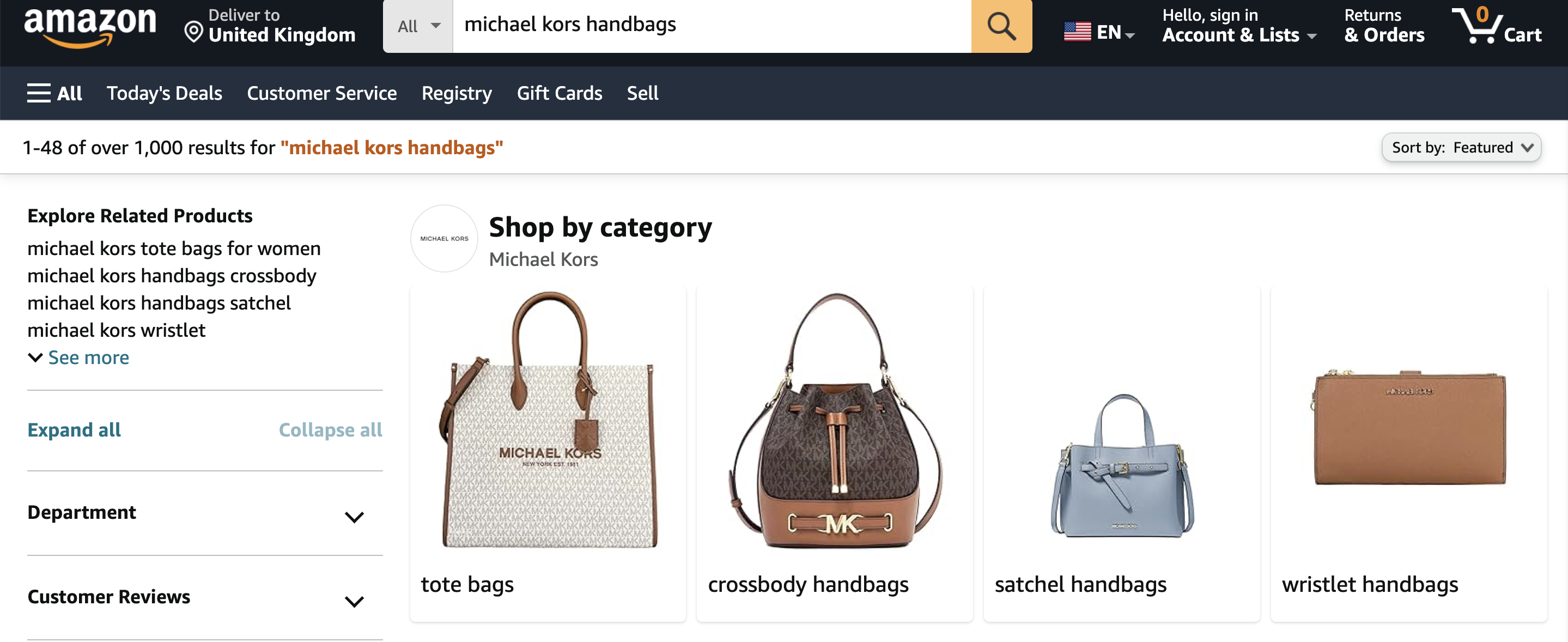
Analyze customer reviews and ratings
Take a look at customer reviews and ratings on eCommerce platforms, social media channels, and review websites to understand customer perceptions, preferences, and pain points related to products in your niche.
Look for common trends and areas for improvement that you can use for product development, marketing strategies, and customer service initiatives.
To illustrate, suppose you’re exploring customer reviews for an online casual wear brand.
You might notice recurring praise for the quality and durability of their items, but find consistent complaints about the versatility of their product collections.
This insight could prompt you to focus on offering more clothing options.
Consider target audience demographics
Analyze demographic data such as age, gender, location, income level, and lifestyle preferences to create detailed customer personas representing your target audience segments.
Use market research tools, surveys, and data analytics to identify key demographic trends, market size, and growth potential within your target market segments.
For example, if you’re targeting customers interested in luxury fashion, you might find that a significant portion of your target audience resides in metropolitan areas, falls within the millennial and Gen Z age group, and values exclusive and durable clothing options.
Leverage Google Trends
With Google Trends, you can see what’s piquing people’s interest over time.
Use the tool to track and analyze search interest for specific keywords, topics, or product categories relevant to your niche.
Explore regional interest, seasonal variations, and emerging search queries to identify market trends, consumer behavior patterns, and even content opportunities for your business.
Once you’ve chosen a business model and identified your niche, it’s time to set up your online store.
STEP 1: Choose an eCommerce platform
The first step to establishing your online presence is selecting an eCommerce platform that caters to your business requirements and budget.
Platforms like Shopify, WooCommerce, or BigCommerce are popular choices among entrepreneurs:
Check out: How to start dropshipping on Shopify?
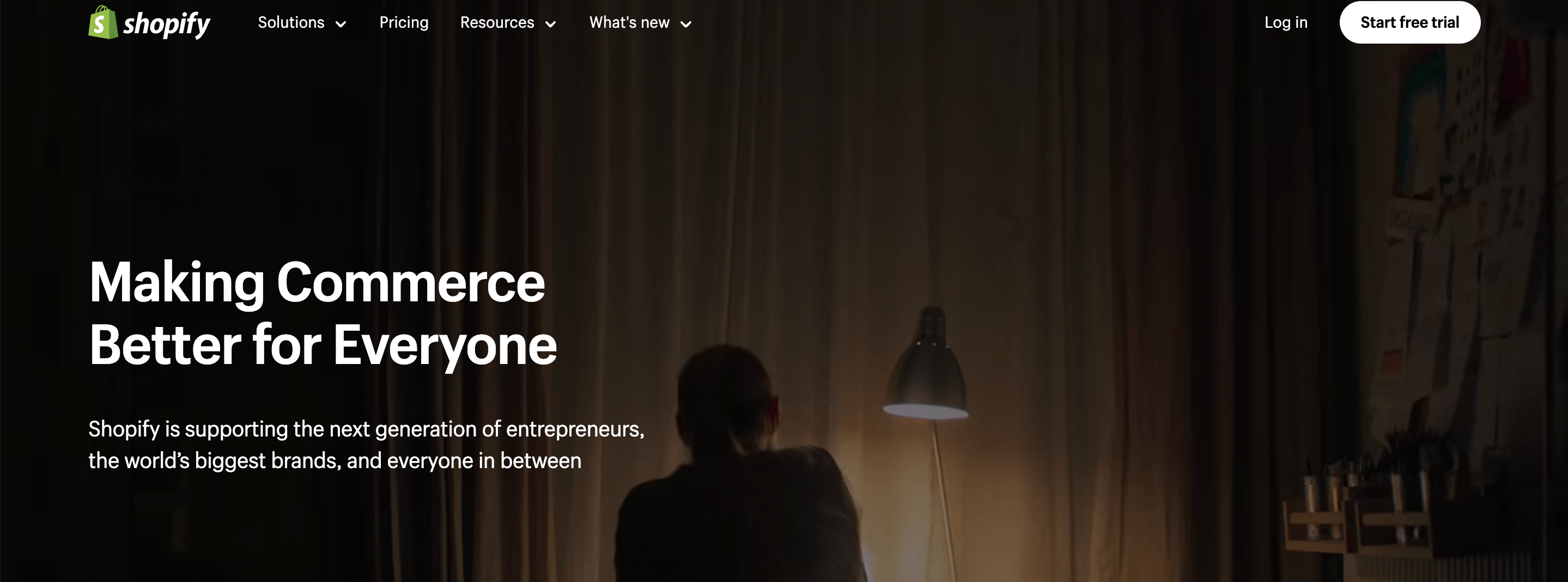
Check out: How to start dropshipping on WordPress?
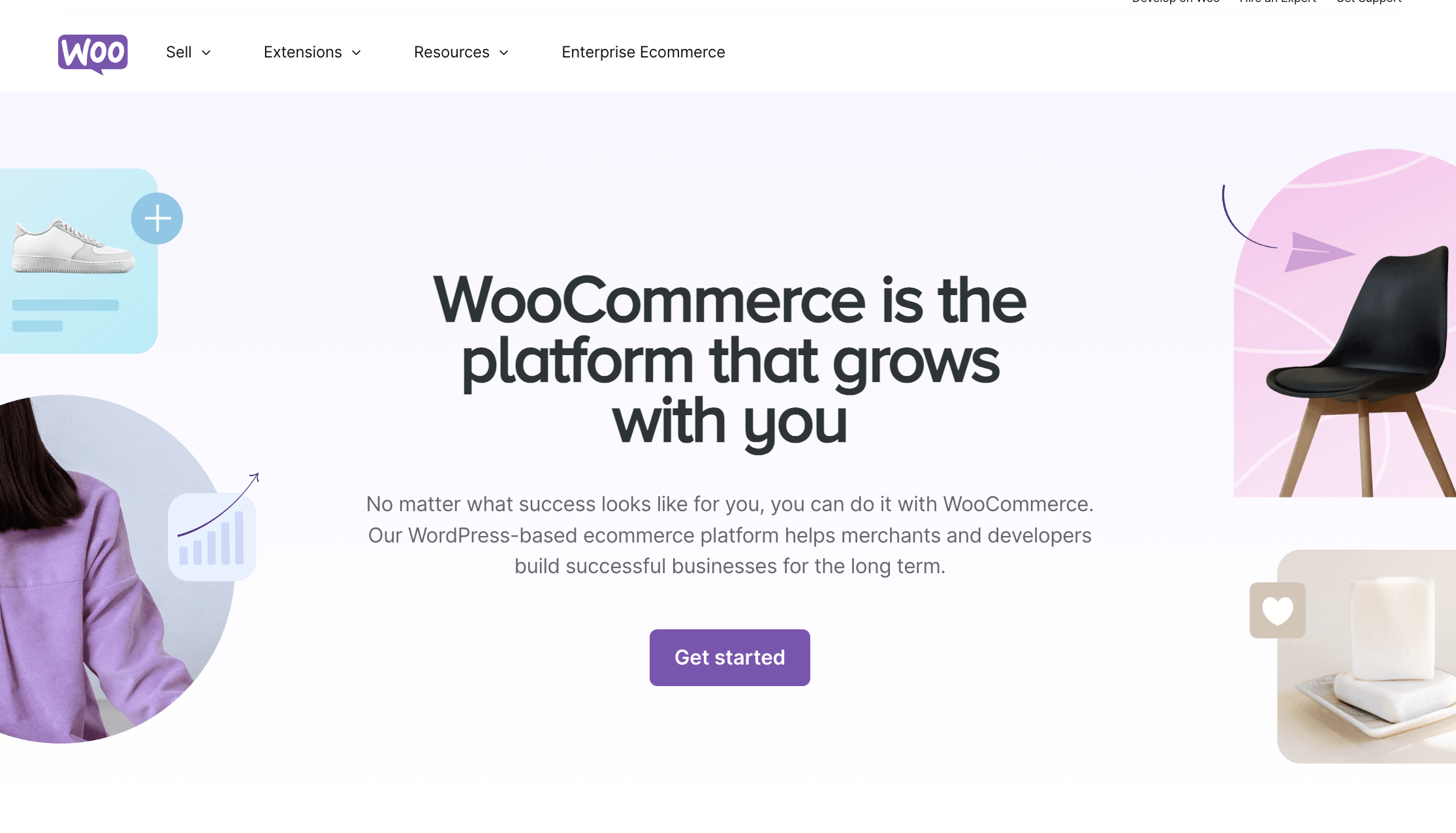
Check out: How to start dropshipping on BigCommerce?
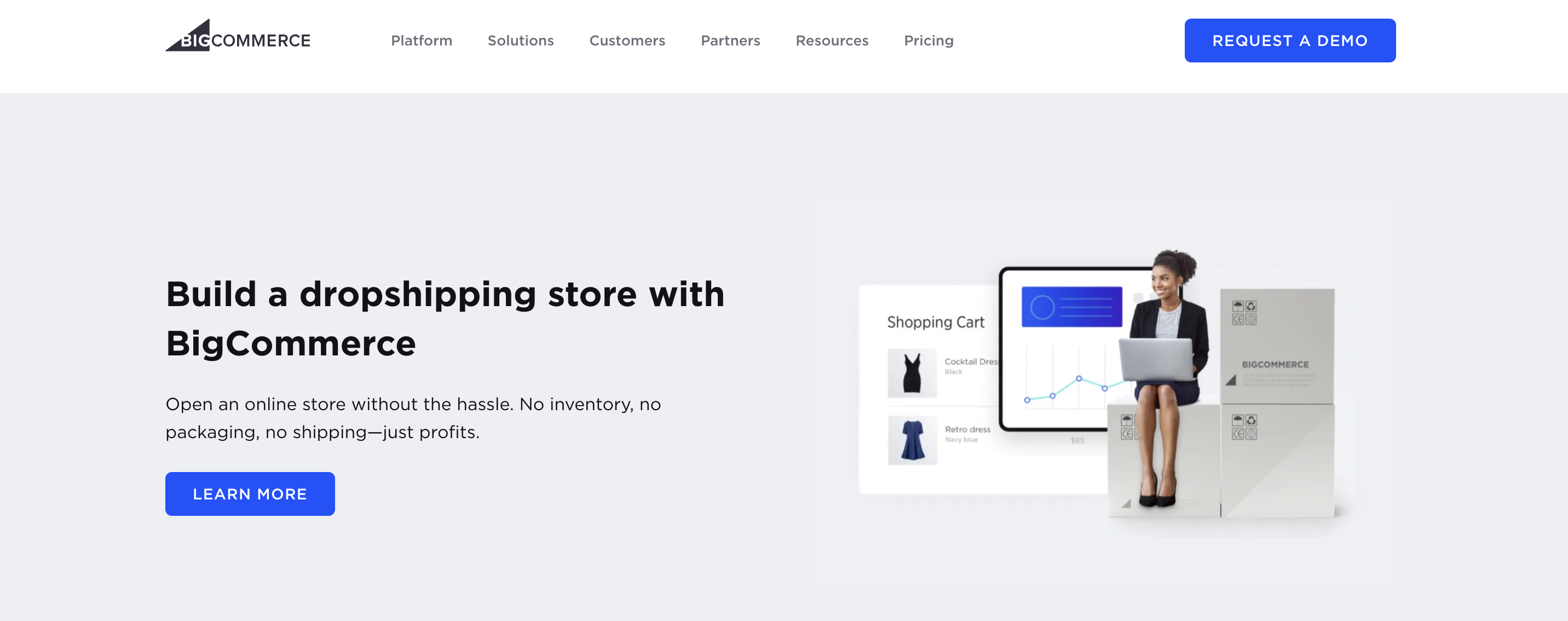
STEP 2: Design your storefront
Once you’ve chosen your platform, it’s time to customize your online store for a professional look and feel.
Consider these points:
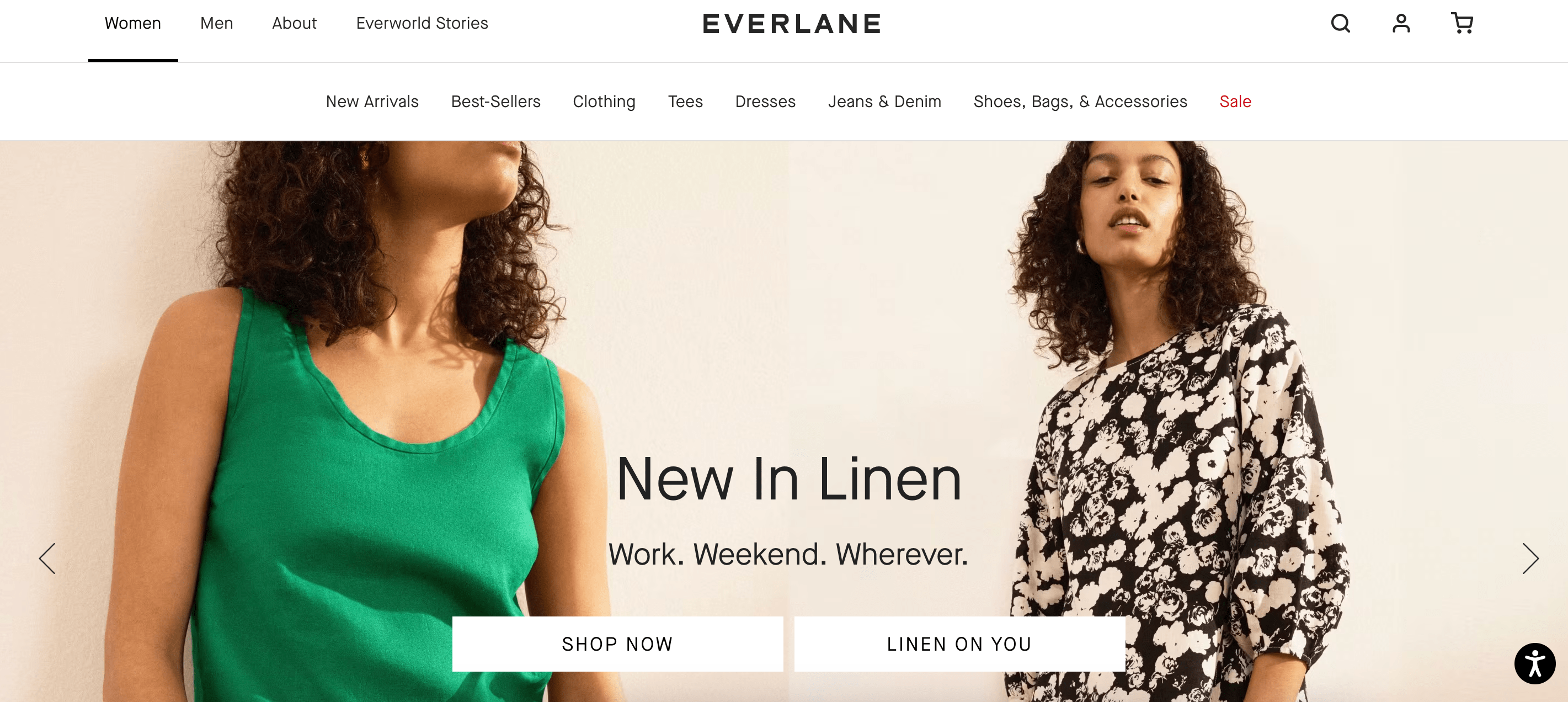
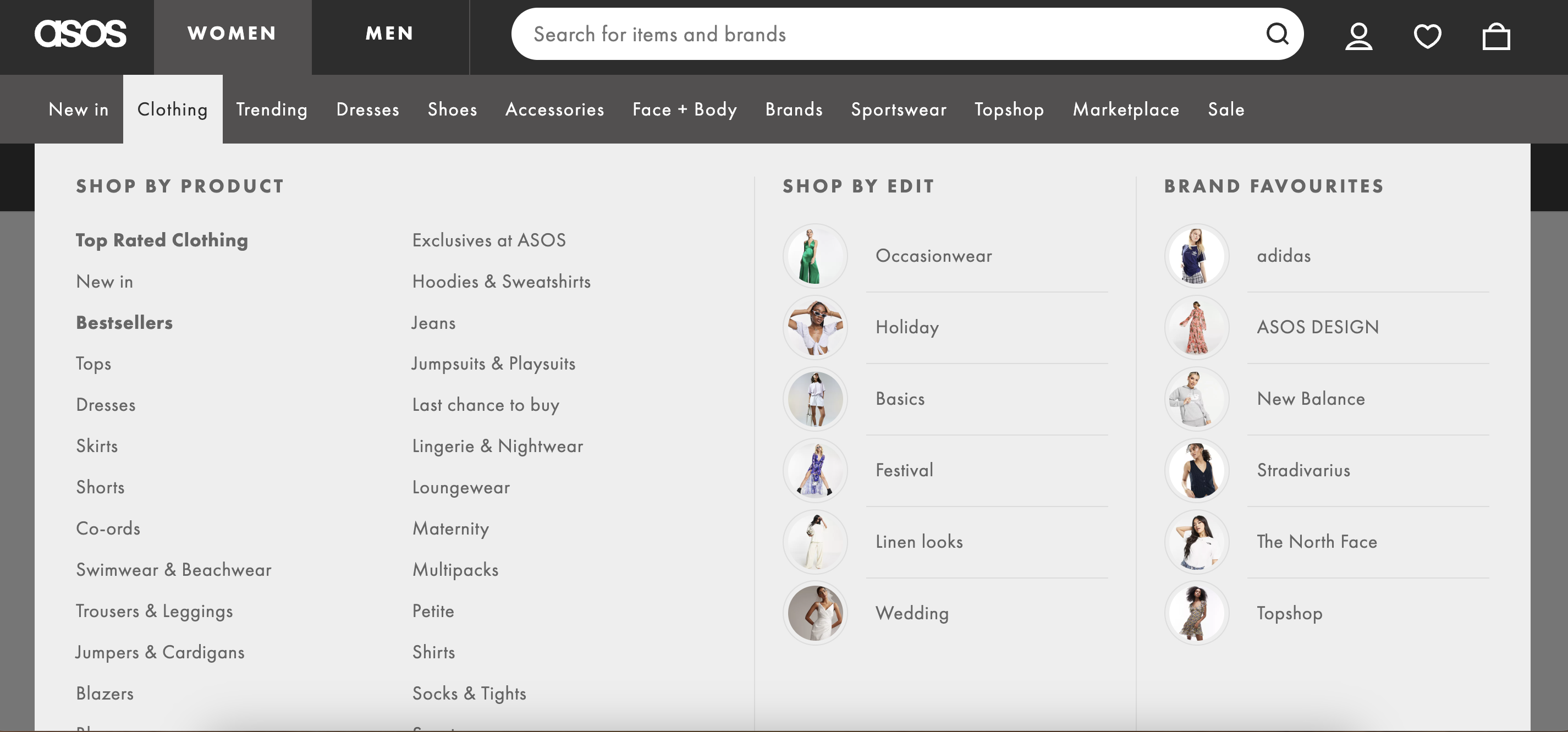
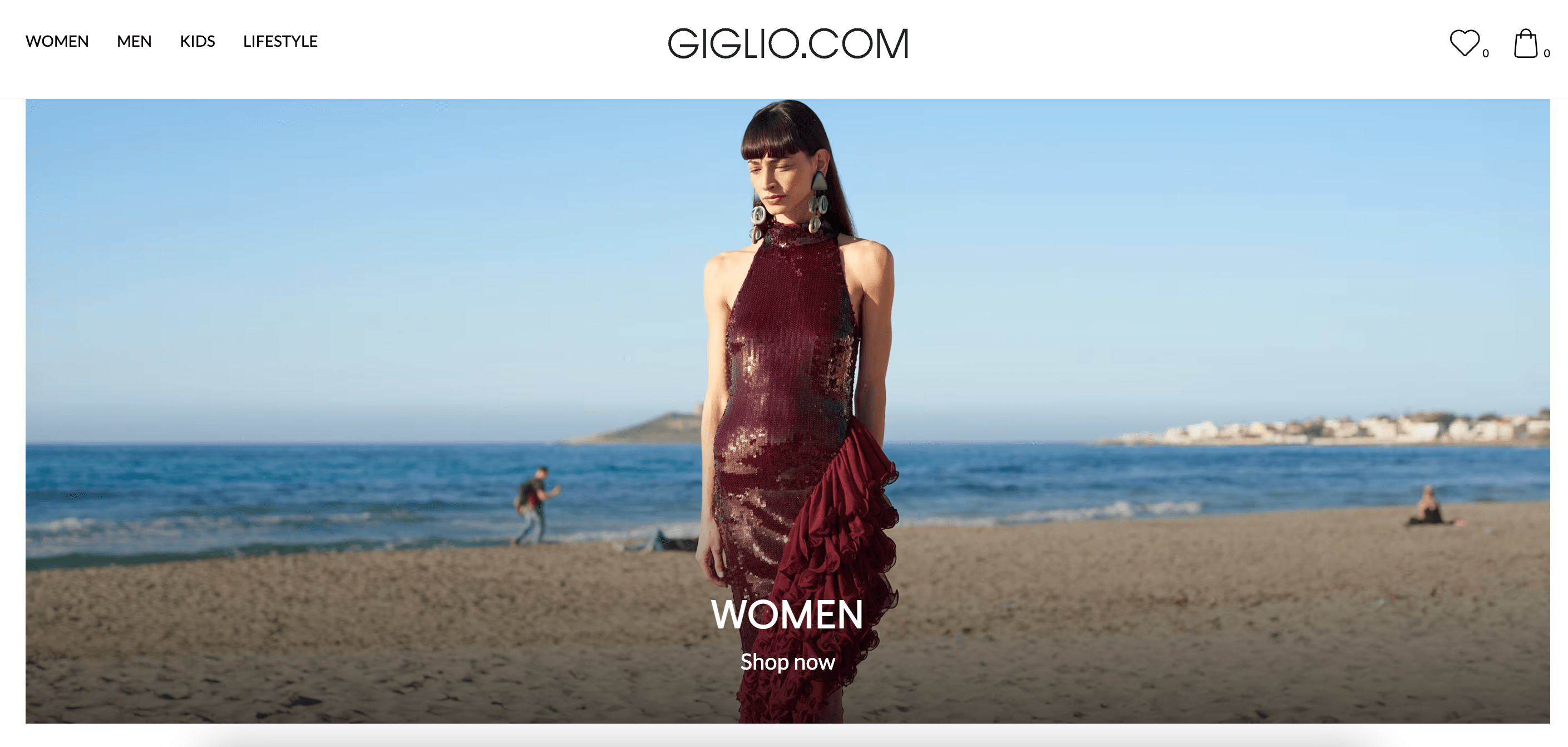
Check out: Successful dropshipping clothing stores
STEP 3: Add product listings
Upload compelling product descriptions and high-quality images for each item you plan to sell.
Make sure to highlight unique selling points and clearly communicate product specifications.
STEP 4: Set up payment gateways
Integrate well-known payment gateways into your online store to facilitate smooth transactions with customers.
Your customers should have a variety of payment options available—credit/debit cards, PayPal, Apple Pay, etc.—and all transactions must be secure.
STEP 5: Configure shipping options
Shipping is another vital aspect of setting up your online store.
You’ll need to determine shipping rates (free shipping, flat rate, real-time quotes) and set delivery expectations.
Consider partnering with reliable courier services as well as suppliers to ensure timely delivery.
No matter how great your products are, they won’t sell themselves.
Implementing effective marketing strategies is crucial for driving traffic to your online store and generating sales.
Here are some tactics to consider:
Social media marketing
@lovestrucklou $500 VOUCHER GIVEAWAY ✨✨✨ enter via IG – @lovestruck_lou
♬ use this if ur hot – 𝔰𝔭𝔢𝔢𝔡 𝔰𝔬𝔫𝔤𝔰😮💨
Content marketing
Influencer partnerships
Email marketing
Paid advertising


SEO Optimization
Use keywords effectively
Write quality content
Master on-page SEO
Build quality backlinks
Launching your online store is just the beginning.
To stay competitive and maximize profitability, it’s important to constantly optimize various aspects of your business, including:
Selling high-end fashion without stocking a single item is completely possible through a partnership with BrandsGateway.
As one of the leading B2B luxury fashion marketplaces, BrandsGateway offers exceptional dropshipping service that allows online entrepreneurs to sell without ever handling the products themselves.
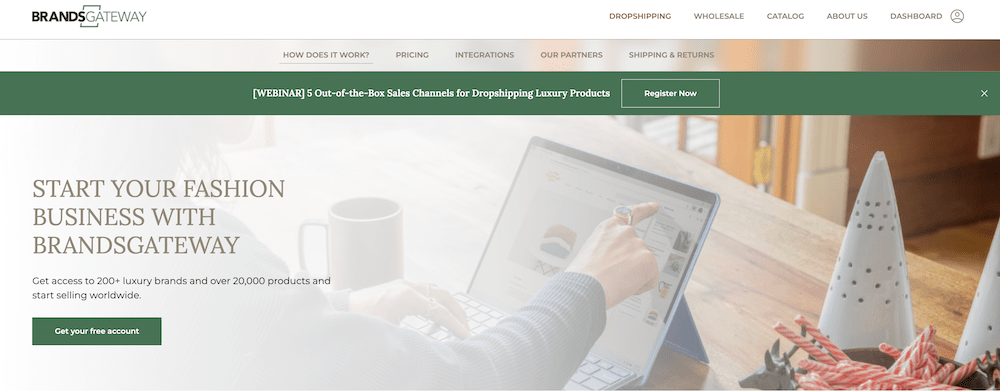
STEP 1: Register for an account
STEP 2: Choose your plan
STEP 3: Integrate with BrandsGateway
STEP 4: Start buying and selling
I am new to the e-commerce world, and Brandsgateway has made it easy for me to start my online business. I appreciate the wide selection of products, brands and the reasonable price points.” – Krista Glover
What a great take off and a smooth landing. Business to business filled with profit in-between. Amazing support and luxury products all with quality images and comprehensive descriptions. The easy to install plugin creates a seamless integration so you pick pick and everything else is done for you in the transfer of inventory. – Kyle Tekin-Morras
Brandsgateway is our go-to supplier for luxury fashion, and they’ve consistently exceeded our expectations. Their refund guarantee when products are returned on time, responsive customer support, and reliability have made them an indispensable partner for us. What truly stands out is their ever-evolving collection of luxury fashion items.” – Homty and Co
They were highly responsive and resolved my queries promptly. They have earned my trust as a reliable source for quality products and impeccable service. I’ll definitely be a returning customer, and I highly recommend them to anyone seeking exceptional fashion deals. – Outletprimerasmarcas
Check out our case studies.
Starting an online store without inventory might seem like a daunting task, but as we’ve seen, it’s totally doable and can be incredibly rewarding.
By leveraging one of the eCommerce models we discussed, you can build a thriving online business without the need to invest in costly inventory upfront.
So, get out there, do your research, and start building your dream online clothing store today.
With the right strategy and a little bit of hustle, the sky’s your limit!
These models allow you to list and sell products without holding any physical inventory yourself. Instead, you partner with suppliers who handle the storage, fulfillment, and shipping processes on your behalf.
To start an online business without stock, you can follow these steps:
To sell on Shopify without inventory, you can use the dropshipping business model in the following way:
Yes! You can use Amazon to sell without inventory. Simply connect Amazon with your eCommerce platform and list products from your supplier.
Yes, you can start an online store with no money by using low-cost business models and free resources. Here’s how:
What is dropshipping?